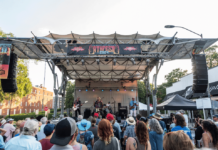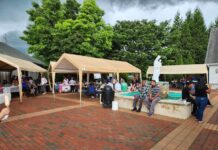
Chris Aluka Berry is a South Carolina native and an Atlanta-based photojournalist with a heart for telling stories. Berry took on a new project six years ago, documenting Black culture and history in the Appalachian region. Today, his work is on display at the Piedmont University Mason-Scharfenstein Museum of Art.
“Affrilachia: The Remnant that Remains,” follows alongside the lives of Black Americans living in the Appalachian region, and documents the moments that define their communities. His hope is to immortalize these moments in a disappearing, and often undocumented, history.
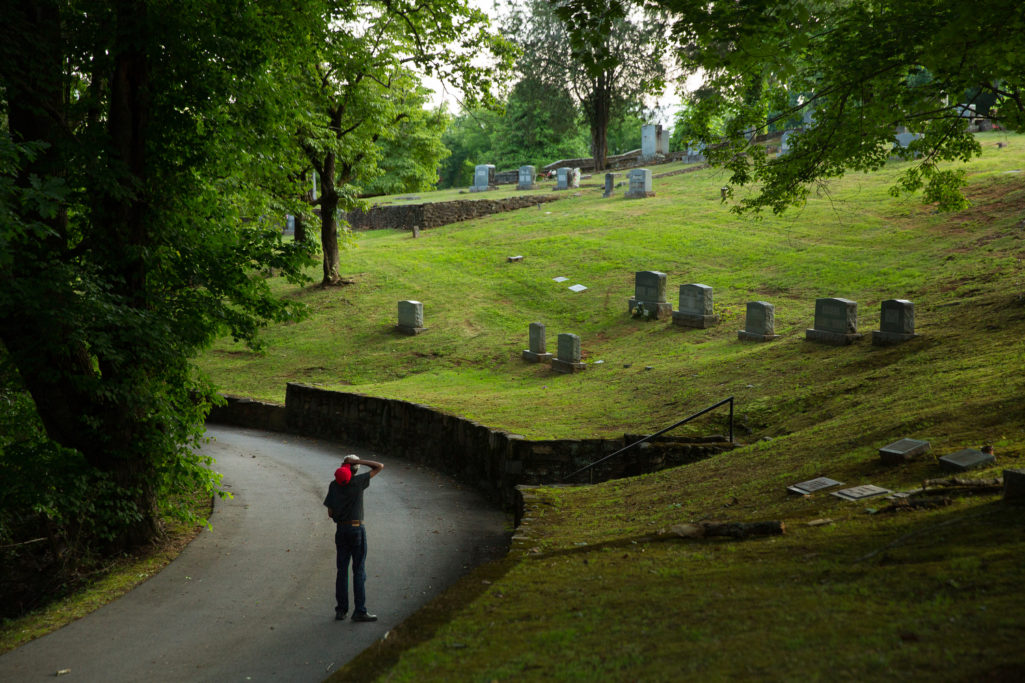
“When most people think about Appalachia they kind of think it’s a homogeneous society where it’s predominantly white folks,” Berry tells Now Habersham. “The deeper I went with this story, the more I just found out about how that’s just very far from the truth. There’s a lot of diversity in the mountains.”
He says that there’s rich Black history in the Appalachian region, from many of the region’s buildings and railroads, as well as silver and gold mining industries being built by enslaved people, to mountainside Black communities that disappeared from Appalachia’s history.
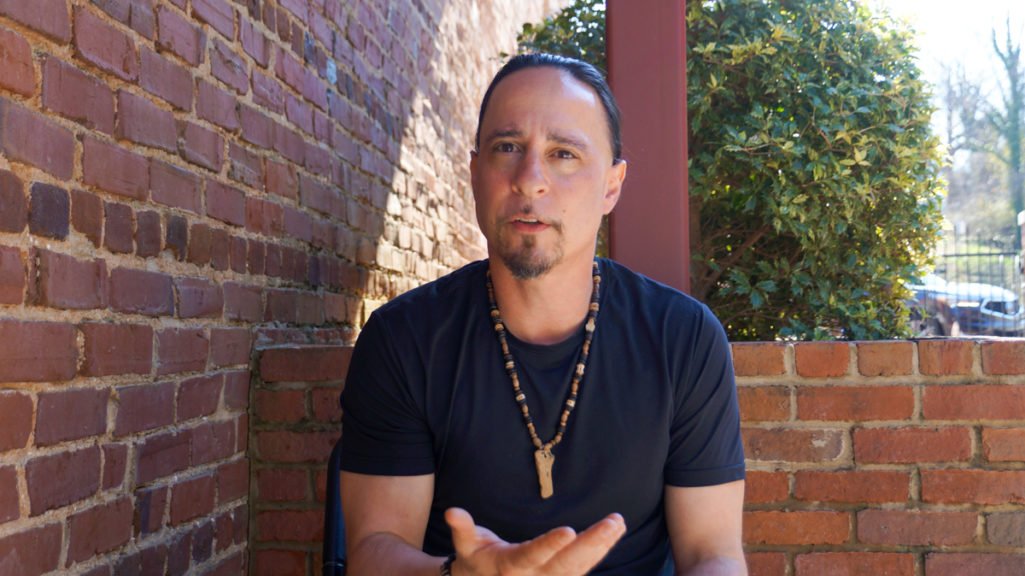
“I read stories about people buying their freedom with the gold that they found,” Berry said. “There were even, here in White County, entire mountainsides that were owned by Black folks at one time and entire communities, where there was a school and there was a church … and stores, and now you drive by and you just see the forest, and you have no idea [it was there].”
He says that during his travels where he worked on photojournalism projects for news outlets and hiked through the Appalachian mountains, he found his passion for documenting Appalachia’s Black history.
“I’ve been camping, hiking in the mountains for years, and I never knew that there were people of color in the mountains,” he says. “It seemed like it was a history that was never really documented and would be forgotten if somebody didn’t like make a visual document of it.”
Now, it’s Berry’s ongoing project, one he says he may work on for the rest of his career.
Discovering Affrilachia

During his time in northeast Georgia, he learned about “Affrilachia,” a term coined by Frank X Walker of Kentucky, from Toccoa artist and activist Marie Cochran. The term recognizes the culture of the African-American people living in the Appalachian region and their impacts in building the communities over 25 million people live in today.
He says that as a biracial man and native of the south, being able to not only see parts of his community that he wasn’t aware of, but to feel like part of a family he didn’t know he had has been essential to the project.
“Now I’m kind of like family with a lot of the folks [in the project],” Berry says. “I have people that call me and invite me to photograph birthday parties and funerals and graduations, and people kind of know what I’m doing, and some people realize that it’s important. This is just as much a documentary project as it is like a preservation project.”
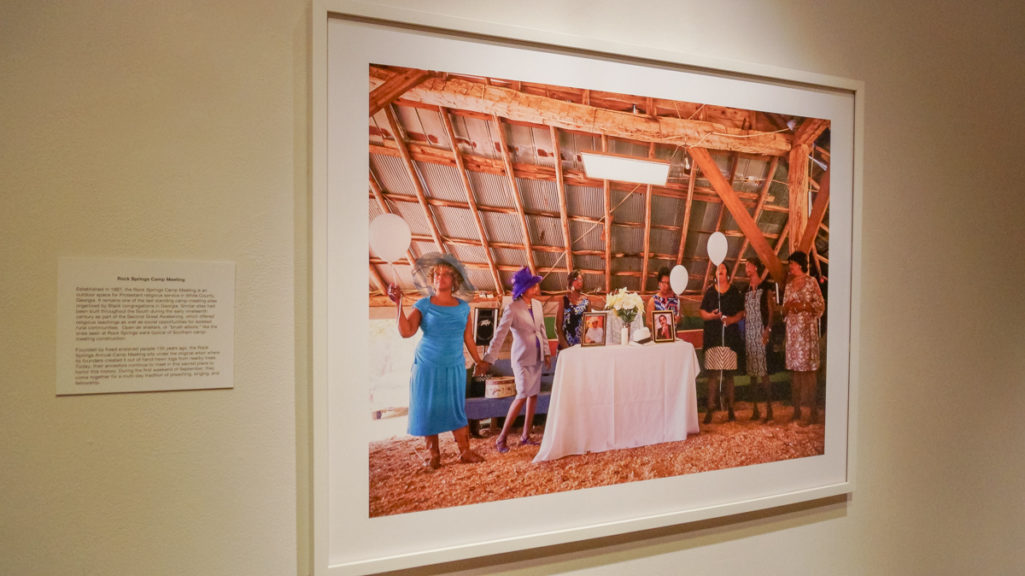
Annie Sutton and Tim Jenkins have both been featured in Berry’s photography of the northeast Georgia Appalachian region and attended the MSMA’s reception for his exhibit.
“It’s really great that somebody is perserving history, because I’m a history buff, and I think every young person needs to know their roots,” Sutton said.
She recalled her childhood days at the camp meetings Berry photographed, as Jenkins talked about Berry’s dedication to helping him rediscover parts of his own history, like lost photos of his uncle.
“Chris and I became real, real good friends,” Jenkins said. “He slept on my couch a few nights, too, and he has helped me look for a lot of stuff … any old history and stuff like that to me is just exciting to me.”
Berry donated three photographs from the collection to become part of the MSMA’s permanent collection of art, which Museum Director Rebecca Brantley hopes is the start of bringing in more art that resonated with the northeast Georgia community.
“[These] will help us build up work that reflects our community and our region a little bit better,” Brantley said. “It’s the start of an exciting new chapter for us.”
Berry’s exhibit will be on display at the MSMA until March 24; museum hours are from 12-5 p.m., Tuesday through Saturday.


